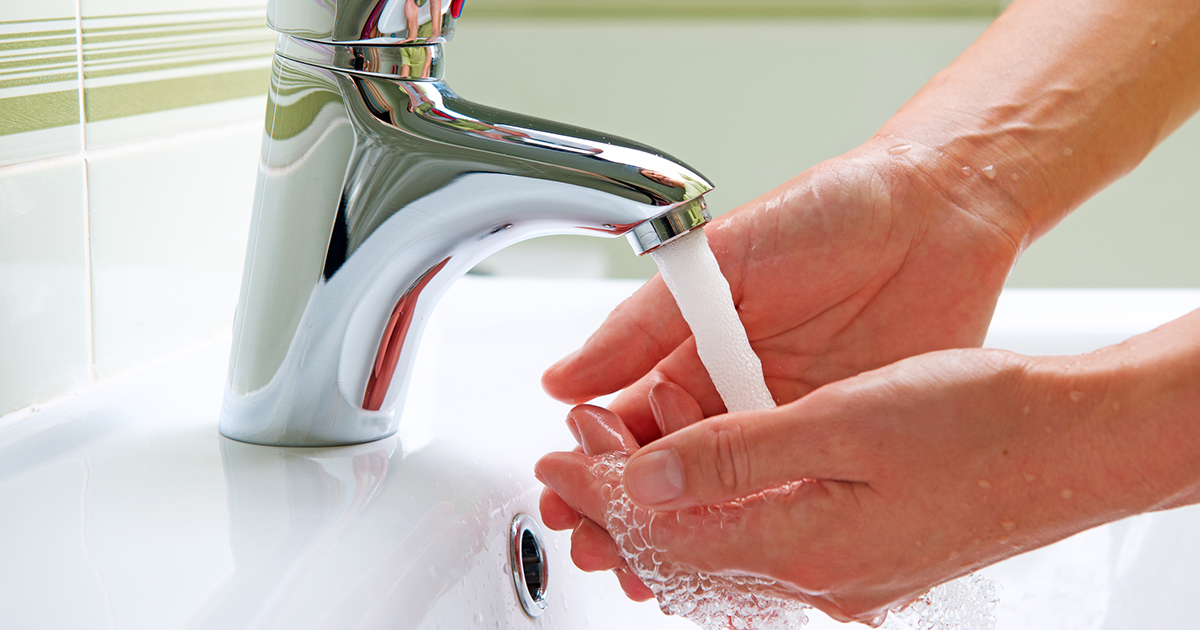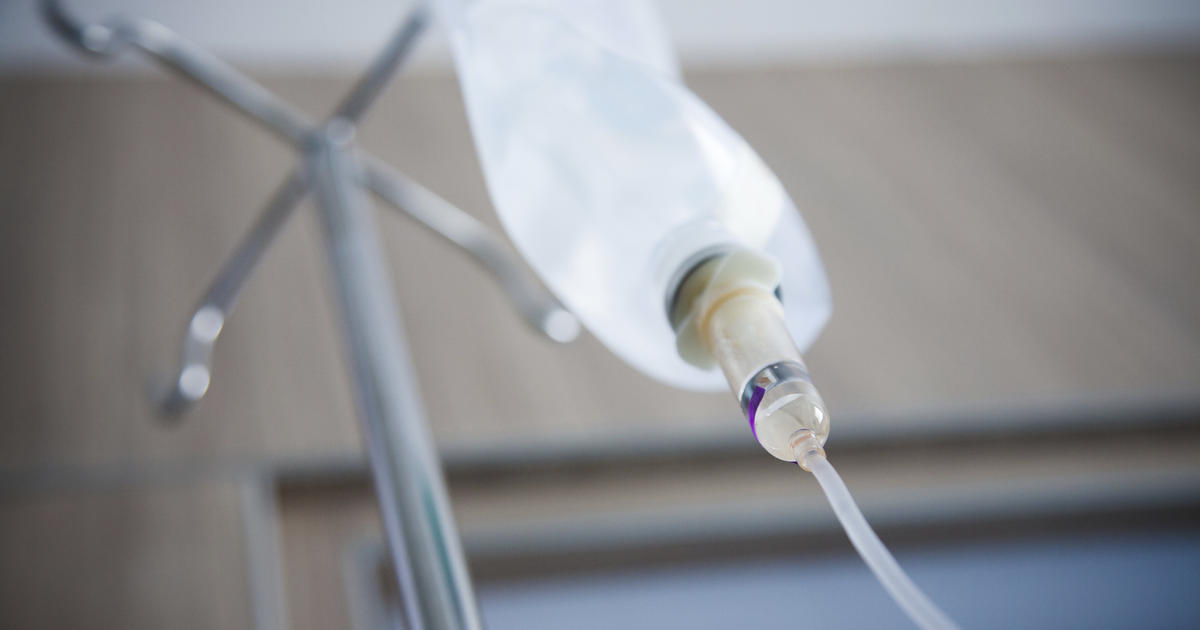How To Prevent And Treat Mercury Poisoning
Chelation Therapy
Chelation is used to treat metal poisoning from mercury, arsenic, and lead. Before having this treatment, doctors will perform blood and urine tests to confirm a patient has heavy metal poisoning. The treatment is typically given intravenously, though it is also available in an oral form. Patients receiving chelation therapy usually take a medication called ethylenediaminetetraacetic acid. Sometimes a drug known as dimercaptosuccinic acid is used for oral chelation. Both of these chelation drugs bind with the heavy metals in the bloodstream and form a compound the body excretes through urine. The chelation treatment may cause side effects such as a burning sensation at the intravenous site. Some patients may also experience fever, headache, vomiting, or nausea. In rare cases, patients may develop potentially serious side effects, including low calcium levels in the blood, kidney damage, heart failure, and sudden episodes of low blood pressure. Patients who have any concerns should discuss these with their doctor before beginning this therapy, and they will be monitored during intravenous treatment for any side effects. Patients on oral chelation therapy should inform their medical team of any side effects or other worrying changes that develop with their health.
Discover additional methods of treating mercury poisoning now.
Wash Hands After Exposure

Mercury can be absorbed through the skin, and when it is absorbed in this manner, the absorption usually occurs slowly, and the amount absorbed is not typically enough to be harmful. However, individuals who handle mercury thermometers or other items containing mercury should wash their hands after exposure to reduce the risk of absorption. Use of an alcohol-based hand sanitizer or soap is usually all that is needed. After placing the hand sanitizer or soap on the skin, the hands should be rubbed together thoroughly for at least twenty seconds. Individuals washing their hands with soap will need to rinse the hands in warm water. In addition to hand washing after exposure, individuals who regularly handle mercury-containing items may wish to wear safety gloves and other protective gear to minimize their exposure to this hazardous chemical.
Get familiar with another way to prevent mercury poisoning now.
